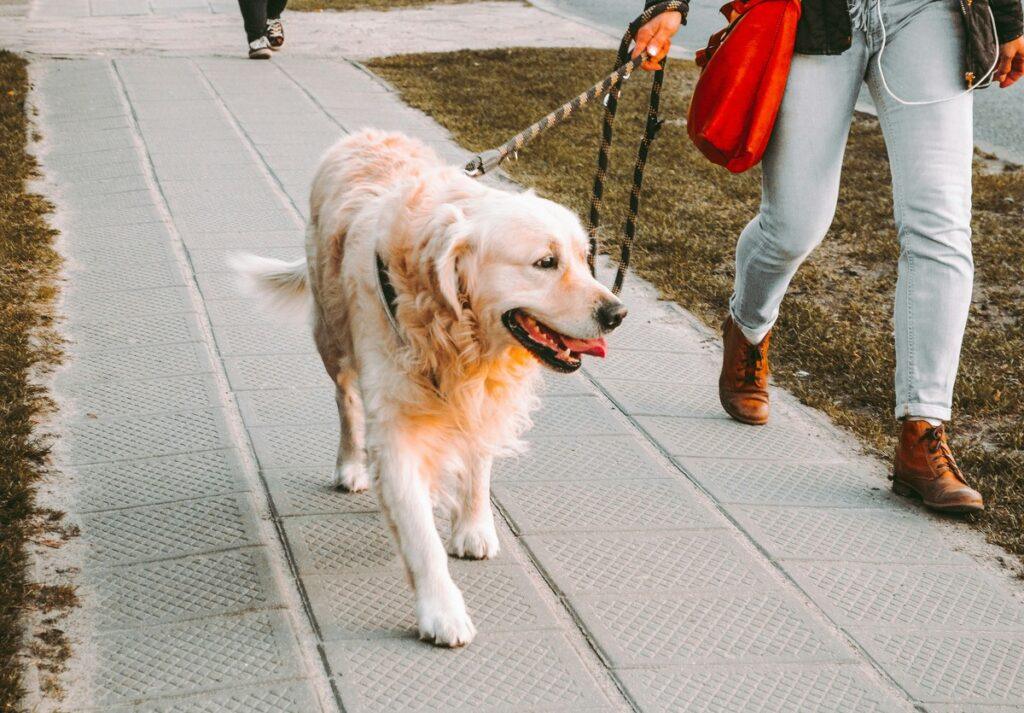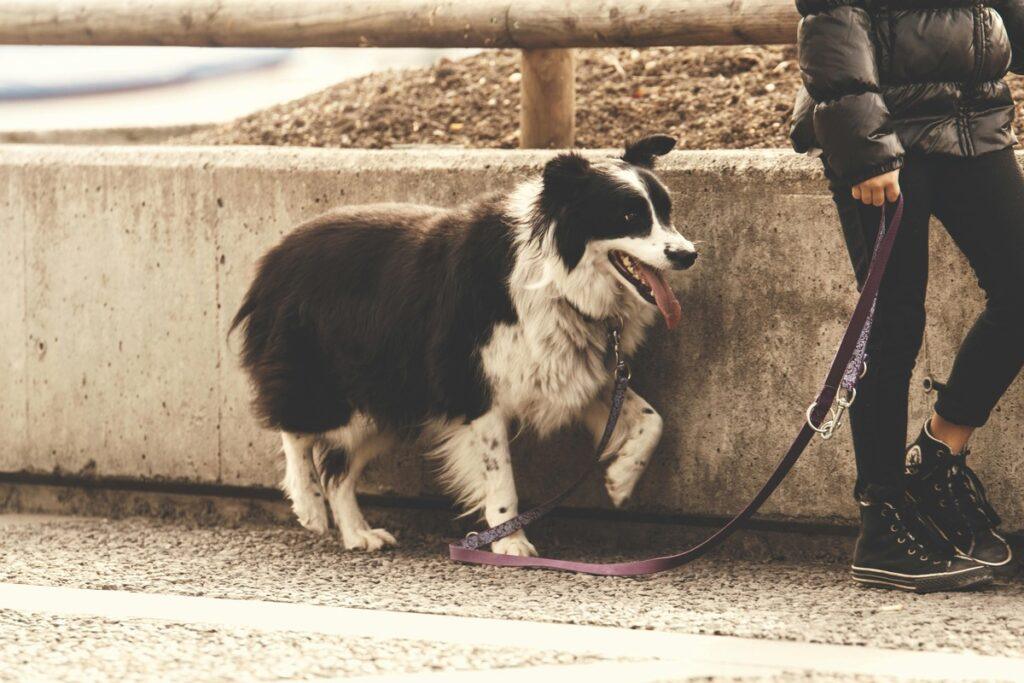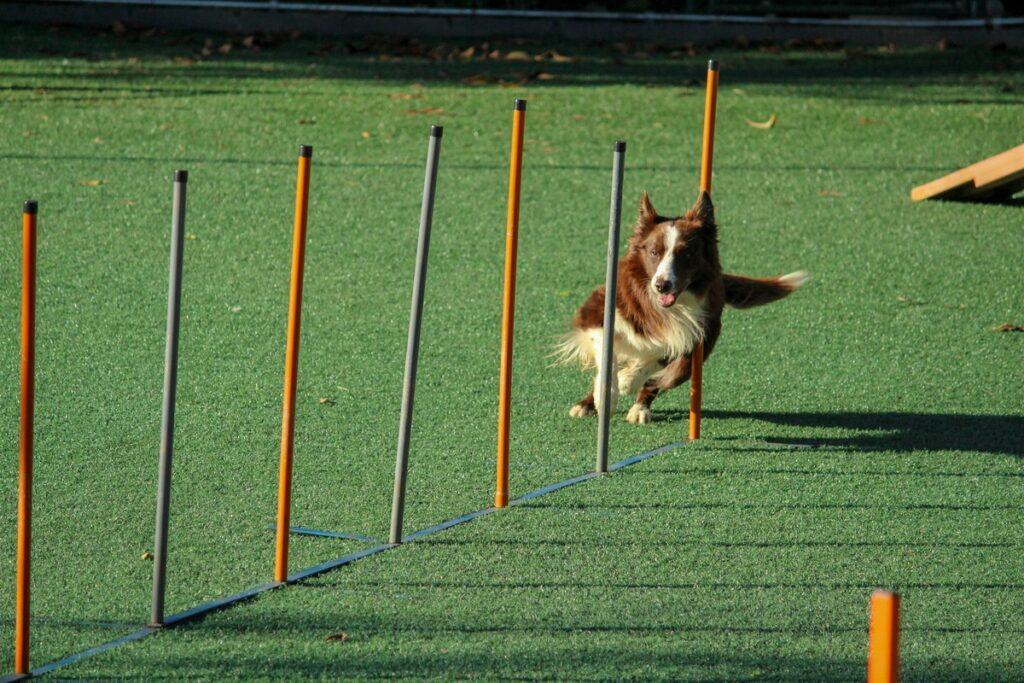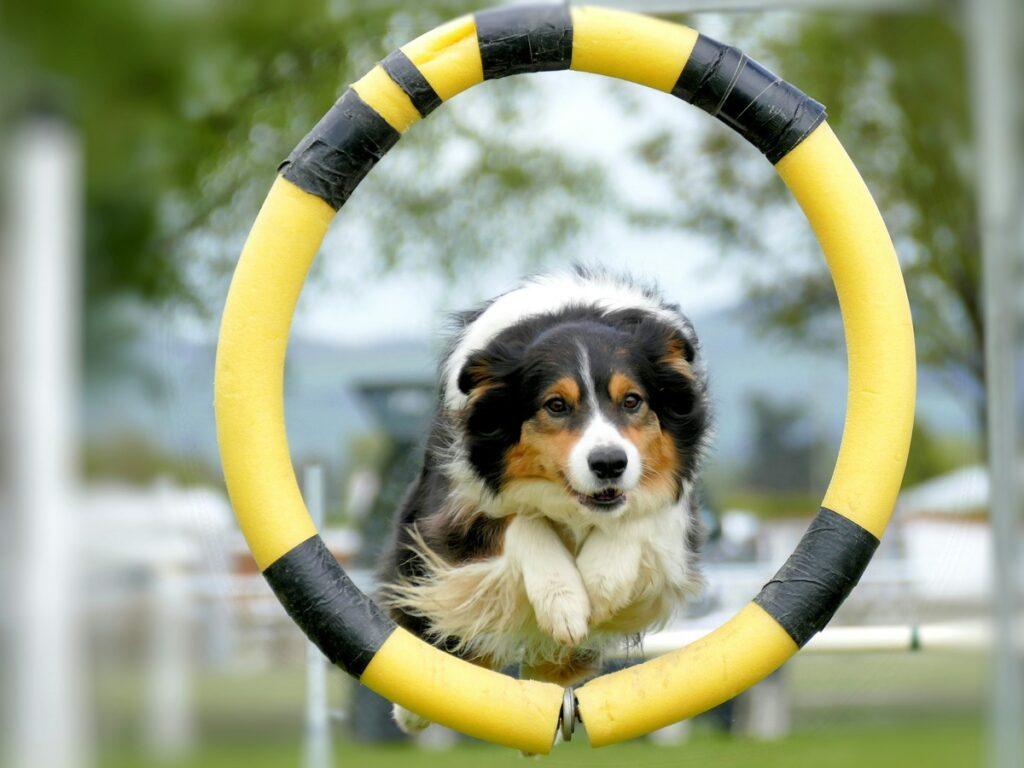Learning how to stop your dog from pulling on the leash is one of the most important skills for any dog owner. If your dog turns every walk into a tug-of-war, you’re not alone. Many owners face this challenge, but with the right strategies, you can transform your daily strolls into calm, enjoyable moments for both you and your pup.
Table of Contents
- Understanding Why Dogs Pull
- Core Training Techniques That Work
- Recommended Gear to Help You Train
- Pro Tips for Faster Results
- Common Mistakes to Avoid
- FAQ
Understanding Why Dogs Pull
Before you can stop leash pulling, it’s important to understand why it happens. Dogs don’t pull because they’re stubborn or disobedient — they do it because it works. When a dog pulls on the leash and you follow, even slightly, they learn that pulling gets them where they want to go.
- Instinct and energy: Dogs are naturally faster than humans and are eager to explore the world around them.
- Lack of training: Without structured guidance, dogs default to whatever behavior seems most effective — and pulling often gets results.
- Reinforcement: Each time pulling leads to forward motion, it’s reinforced as a good strategy in your dog’s mind.
Correcting this behavior requires consistency, timing, and patience. Fortunately, it’s absolutely possible for dogs of all ages to learn leash manners.
Core Training Techniques That Work
1. Red Light, Green Light
Walk forward. The moment your dog pulls — stop. Wait until the leash is loose. Then start walking again. This method teaches your dog that only a loose leash allows movement.
2. Change Direction Method
If your dog surges ahead, turn around and go the other way without saying a word. This forces them to pay attention to your movements instead of charging forward.
3. Click and Treat
Clickers are fantastic tools to mark the exact moment your dog does the right thing — like walking next to you with a slack leash. Click, then treat immediately. With repetition, your dog will learn what earns rewards.
Read more in our full guide: Clicker Training for Dogs
Recommended Gear to Help You Train
Having the right gear can make a big difference. Here’s a breakdown of what works — and what to avoid:
| Tool | Why It Helps | Best For |
|---|---|---|
| Front-clip harness | Redirects pulling by turning the dog back toward you | Most dogs |
| Head halter | Gives gentle control over head direction | Large or reactive dogs |
| Flat collar | Best used with trained dogs | Well-behaved walkers |
| Retractable leash | NOT recommended — encourages pulling | Should be avoided |

Check out our full review of best dog harnesses for small dogs for gear recommendations.
Pro Tips for Faster Results
- Practice multiple times a day in short sessions (10–15 min).
- Use high-value treats — chicken or liver works better than kibble.
- Train in low-distraction environments first before moving to busy streets or parks.
- Be consistent — if one family member allows pulling, progress slows for everyone.
Pro Tip: Reinforce loose-leash walking during play. Use a leash while playing fetch or tug to normalize good behavior even in high-energy moments.
Common Mistakes That Sabotage Training
- Inconsistent timing: If you reward too late, your dog won’t associate the treat with the behavior.
- Getting frustrated: Dogs sense stress. Keep training light and positive.
- Using choke/prong collars: These tools can create fear, not trust — and often worsen pulling in the long run.
Why positive reinforcement works: Studies and organizations like the ASPCA recommend reward-based methods because they are humane, effective, and build trust. Avoid punishment-based tools like choke collars — they can increase anxiety and worsen leash pulling.
Need more training guidance? Explore our complete article on dog training behavior tips.
FAQ: How to Stop Your Dog from Pulling on the Leash
Can any dog be trained to walk without pulling?
Yes. With the right approach, dogs of all breeds and ages can learn proper leash manners.
How long will it take?
Some dogs improve in a few weeks, others take months. Consistency is key — daily training brings results.
Is it too late to train an adult dog?
No. Adult dogs can absolutely learn new behaviors. It may take longer, but success is achievable with patience.
Should I use a prong or choke collar?
We strongly recommend against them. Use humane training tools like front-clip harnesses and positive reinforcement.
Also check our articles on potty training a puppy and curbing jumping behavior.
Final Note: Walking your dog should be relaxing — not a battle. By understanding the cause of pulling and applying the right training techniques, you can enjoy stress-free walks and strengthen the bond with your furry companion.



